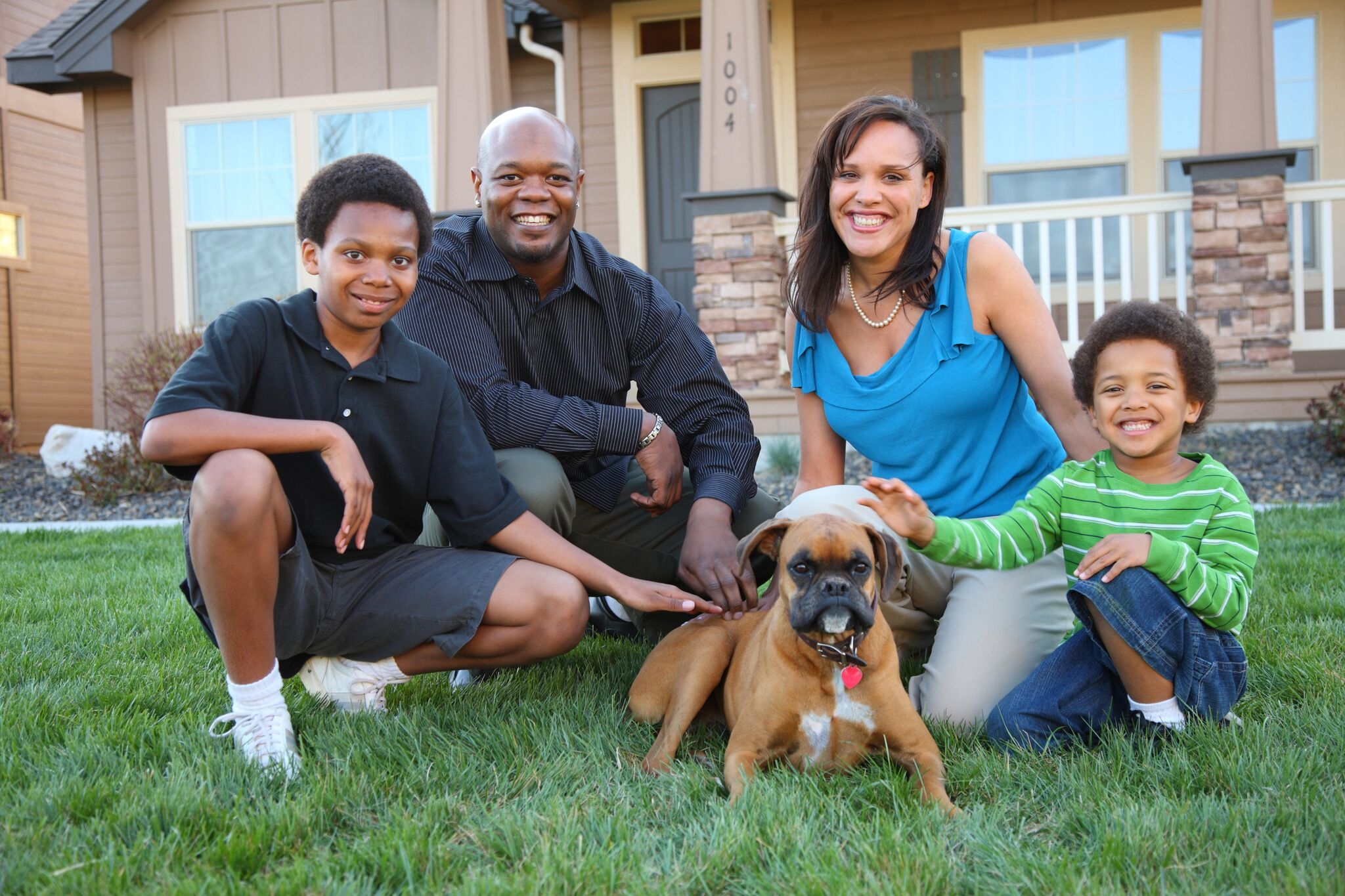
“Is solar safe for my roof?” That’s one question that plagues many potential solar customers, and a question that many solar installers don’t take seriously enough.
Lumeta Solar commissioned a survey of 523 homeowners considering going solar, and one surprising finding is that fear the solar PV system would damage the roof was the second biggest concern—only behind the system cost/financing—that homeowners had. More than three in five homeowners (60.4%) cited “Impact on my roof / how the panels will affect my roof system” as one of the top two factors influencing their decision, with 15.5% saying it was their top concern.
For solar installers, the finding presents a quandary: how do you eliminate the risk when it only takes one poorly trained worker on the roof or one lapse in quality control to wipe out the profits from a job? And how can you assure your customer 100% that the solar you put on their roof won’t cause a leak?
A 2014 whitepaper by the Solar Marketing Group on behalf of several clients found that the cost of returning to a site and tracking down the source and repairing both the roof and interior damage caused by a roof leak can cost between $5,000 and $10,000. The challenge of addressing a leak is exacerbated by the fact that the visible leak inside may be many feet away from the source of the leak, as water will travel inside the roofing system until it finds a path out.
Customer’s fears about potential roof leaks are one of the drivers behind innovation in the solar sector. Lumeta Solar is one of the companies at the forefront of dealing with this concern and our approach has been to eliminate the risk by avoiding roof penetrations. The Lumeta Solar module is attached adhesively, both lowering the profile of the solar array and eliminating the need to find rafters and drill holes in customer’s roofs. The result is not only a much faster installation, but also a substantial decrease in risk, virtually eliminating the chance of a roof leak.
Assessing the suitability of your customer’s roof for solar is still important: it never makes sense to install a 25+ year asset on a roof that has five years or less useful life remaining. Older roofs are also more likely to be damaged by having any workers on them, even if no penetrations are made and there’s liability that comes from doing work on a roof that is near the end of its life.
Assuming your customer’s roof is sound, racking-free solar may provide the solution you are seeking so that you can address their concerns confidently, knowing that your crews aren’t risking a missed rafter or forgotten flashing.
